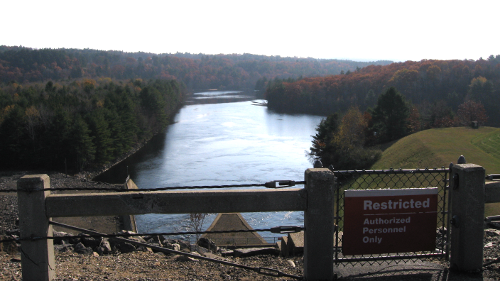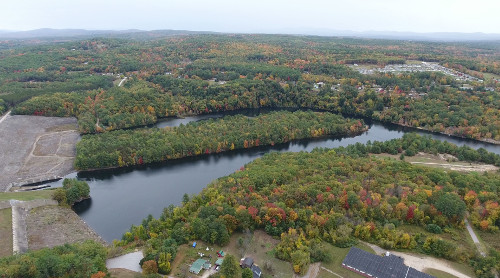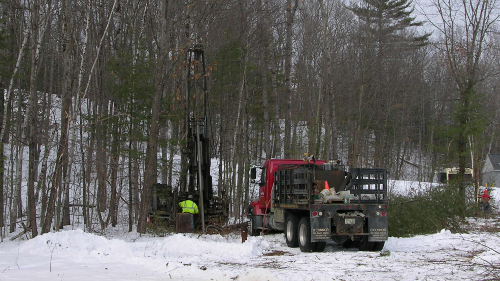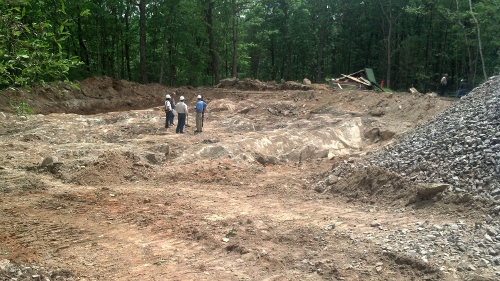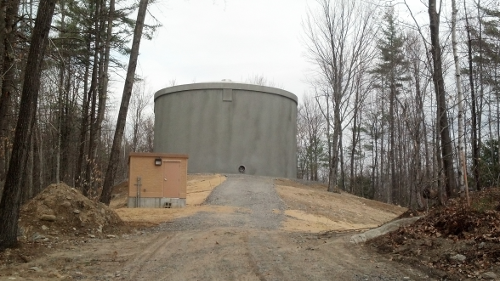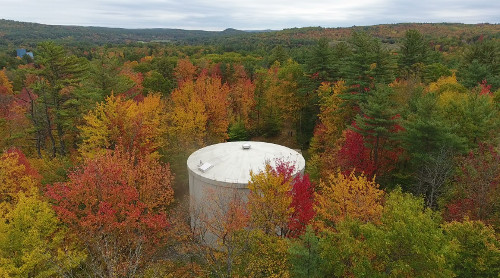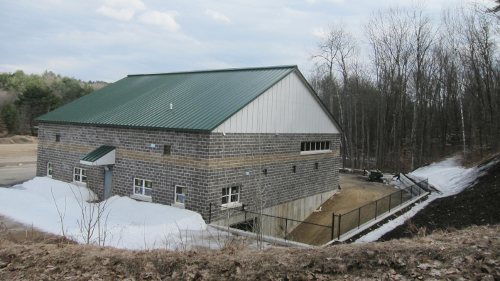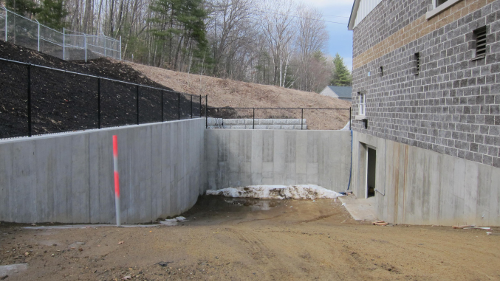Water Treatment Plant, Lagoons, Pipelines and Storage Tanks
Franklin, NH
Stephens Associates Consulting Engineers (SA) evaluated geotechnical conditions at new water treatment facility to be constructed in floodplain of Pemigewasset River downstream of Franklin Falls Dam, a large US Army Corp of Engineers Flood Control Dam. During dam construction, the proposed site was filled with dredge and excavated materials, creating poor site soils and potential settlement. SA performed a facility siting study in phases of subsurface explorations coupled with review of available fill records and evaluation of subsurface conditions for liquefaction and settlement concerns to allow siting of facility where shallow foundations were feasible. SA analyzed the site for the proposed structure loads and evaluated several foundation alternatives and ground modifications. Also included is a 2000-foot pipeline crossing of the Pemigewasset River to be constructed by directional drilling. SA evaluated soils with respect to excavation and lateral earth pressures of drilling/jacking pits and in drilling of the pipeline crossing. SA also performed geotechnical laboratory testing on soil samples from the subsurface explorations and compared the results with published data. Through map reconnaissance and correlation with our soil borings along the pipeline alignment, SA identified areas of potentially liquefiable soils. SA evaluated permeability of soils at proposed lagoon sites.
During a later phase, SA provided geotechnical engineering for Tata & Howard, Inc. for two ½ MG Water Tanks to replace existing water tanks at two different sites. The new Tanks are circular, precast, prestressed concrete manufactured by Natgun of Wakefield, Massachusetts. The existing tanks were demolished and the new Tanks were constructed on the same footprint as the existing tanks. The Tanks incorporate a ringwall footing cast monolithically with a concrete membrane floor. The Project also included replacement of existing pipelines to the adjacent main roads to increase the pipe diameters. The existing and proposed pipelines are on property owned by the City or for which the City has an easement.

